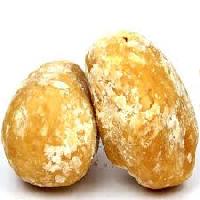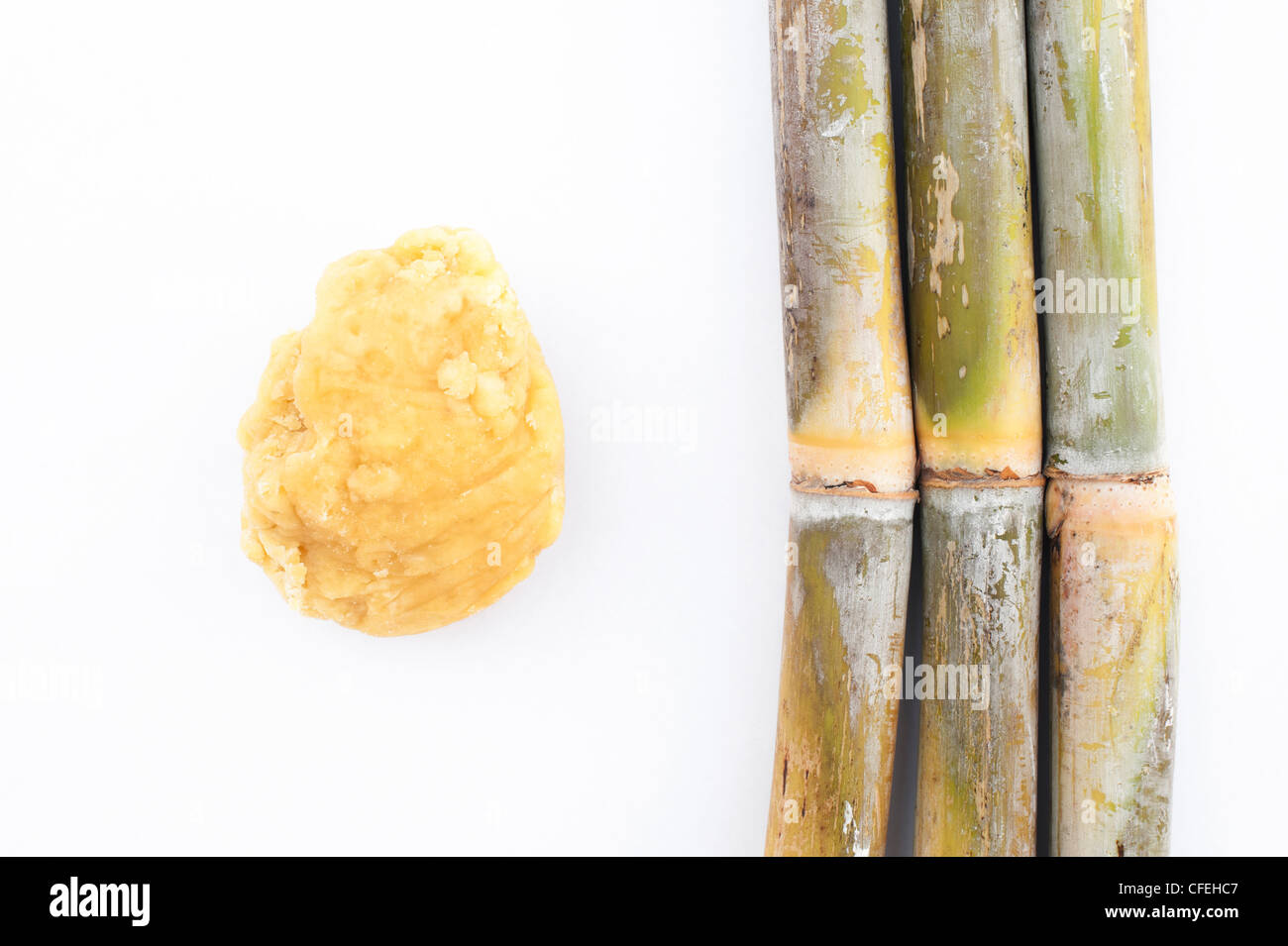Sugarcane Product: A Key Ingredient in Green Materials
Sugarcane Product: A Key Ingredient in Green Materials
Blog Article
The Trip of Sugarcane: From Harvest to Everyday Products
The journey of sugarcane is a diverse process that begins with precise growing and culminates in a variety of items that penetrate our day-to-day lives. As we check out the numerous aspects of sugarcane's trip, its role in sustainability and the more comprehensive implications for our atmosphere come right into sharper focus.
Farming of Sugarcane
The growing of sugarcane is an important agricultural procedure that needs particular ecological conditions and monitoring techniques. Optimum development takes place in subtropical and tropical regions where temperatures vary between 20 ° C and 32 ° C. Adequate rains or watering is crucial, as sugarcane prospers in wet soil with well-drained problems (sugarcane product). Dirt high quality dramatically influences return; thus, farmers typically conduct dirt examinations to determine nutrient requirements
Growing typically happens in rows, utilizing stem cuttings recognized as setts, which are grown flat. This technique assists in efficient harvesting and maximizes sunlight direct exposure. Plant turning and intercropping are suggested techniques to boost soil fertility and minimize bug infestations. Additionally, farmers use incorporated pest administration methods to reduce chemical inputs while ensuring healthy and balanced plant development.
Timely application of these plant foods can considerably enhance sugar returns. Generally, effective sugarcane farming hinges on a combination of ecological stewardship, strategic preparation, and continuous monitoring methods.
Collecting Techniques
Effective sugarcane cultivation finishes in the harvesting phase, which is critical for making the most of yield and guaranteeing quality. The timing of the harvest is critical; sugarcane is typically gathered when sucrose levels height, typically between 10 to 18 months after growing. This period varies based on climate, dirt type, and sugarcane selection.
Collecting techniques can be generally categorized into guidebook and mechanical methods. Manual harvesting is labor-intensive, depending on skilled workers that utilize machetes to cut the stalks close to the ground. This technique enables discerning harvesting, where only the ripest canes are selected, therefore improving overall sugar web content.
Alternatively, mechanical harvesting has actually acquired appeal due to its performance and cost-effectiveness. Specialized harvesters furnished with cutting blades and conveyor systems can process big areas swiftly, considerably decreasing labor costs. However, this strategy might lead to the incorporation of immature walking canes and a possible decline in sugar top quality.

Despite the approach employed, making certain that gathered canes are delivered swiftly to processing facilities is vital. Prompt managing reduces putridity and maintains the stability of the sugarcane, setting the phase for ideal handling.
Handling Approaches
Handling sugarcane includes several essential steps that transform the gathered stalks into usable products, largely sugar and molasses. The initial stage is washing the cane to remove soil and particles, complied with by the removal of juice with squashing or milling. This procedure commonly uses heavy rollers that over here damage the walking stick fibers to launch the wonderful fluid included within.
As soon as the juice is extracted, it undergoes clarification, where impurities such as soil fragments and bagasse are removed. This is commonly achieved by adding lime and warming the juice, permitting sedimentation. The made clear juice is then concentrated through dissipation, where water web content is reduced, causing a thick syrup.

Eventually, the processing of sugarcane not just generates sugar and molasses but also lays the groundwork for different by-products, which will certainly be discovered in succeeding conversations.
Products Derived From Sugarcane
Sugarcane is a flexible plant that yields a large range of items beyond simply sugar and molasses. Among the key spin-offs are ethanol and biofuels, which have gained prominence as renewable resource sources. Ethanol, generated through the fermentation of sugarcane juice, serves as an alternative to nonrenewable fuel sources and is frequently combined with gasoline to develop cleaner-burning gas, lowering greenhouse gas discharges.
In addition, sugarcane is a significant source of bagasse, the fibrous deposit staying after juice extraction. Bagasse is utilized in different applications, consisting of the manufacturing of paper, naturally degradable packaging, and as a biomass fuel for energy generation. Its usage not only reduces waste but likewise boosts the sustainability of sugarcane handling.
Furthermore, sugarcane-derived products include the food sector, where it acts as an all-natural flavor agent and sugar in numerous cooking applications. In the realm of cosmetics, sugarcane extracts are incorporated right into skincare items as a result of their natural exfoliating properties.
Ecological Effect and Sustainability
The cultivation and handling of sugarcane have considerable implications for ecological sustainability. This plant calls for considerable water sources, commonly causing depletion of neighborhood water materials and affecting bordering communities. Furthermore, the use of plant foods and pesticides in sugarcane farming can result in dirt degradation and river pollution, posturing risks to biodiversity.

Lasting sugarcane farming additionally advertises dirt health with plant turning and decreased husbandry, enhancing carbon sequestration. The fostering of these practices not just sustains environmental stability yet also improves the strength of farming communities against climate modification.
Verdict
In summary, the trip of sugarcane encompasses various stages from growing to handling, inevitably resulting in a vast range of items. The value of sugarcane extends beyond mere sweeteners, adding to dig this sustainable power with ethanol manufacturing, lasting product packaging using bagasse, and all-natural extracts for cosmetics. This multifaceted crop plays an essential role in both dietary enrichment and ecological sustainability, highlighting its importance in contemporary farming and commercial techniques.
Effective sugarcane farming finishes in the collecting stage, which is essential for maximizing return and ensuring top quality. The timing of the harvest is crucial; sugarcane is typically harvested when sucrose degrees optimal, usually in between 10 to 18 months after planting.Processing sugarcane entails numerous important steps that change the gathered stalks into usable items, mainly sugar and molasses.Sugarcane is a functional crop that yields a wide array of items past simply sugar and molasses. In addition, the usage of fertilizers and pesticides in sugarcane farming can result in dirt destruction and waterway pollution, posturing threats to biodiversity.
Report this page